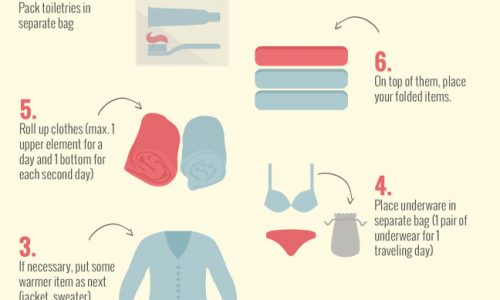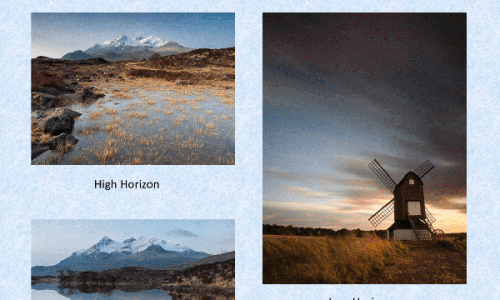
As an amateur photographer, I found this infographic to be immensely enlightening as to how cameras work and the terminology that goes along with camera mechanics.
It seems that exposure is usually the first lesson learned when it comes to understanding photography. The shutter speed or exposure time is the amount of time that the camera’s shutter is open–letting light reach the film or image sensor on your camera. As the graph shows, the longer the shutter speed, the more likely you are to get motion blur in your photo.
The aperture of the lens affects the image as well. The larger the opening, the more light will be exposed. So, if you want a more ‘in focus’ picture in daylight, reduce the aperture size so that the image will become darkened as less light enters.
Finally, there is film speed. This is the measure of a photographic film’s sensitivity to light, determined by sensitometry and measured on various numerical scales. The ISO system is used to measure the sensitivity of digital imaging systems. Insensitive film requires more light exposure to produce a similar image density that you would get from more sensitive film. This is referred to as ‘slow film’. The other end of the spectrum, ‘fast films’ are highly sensitive. This reduction of exposure in higher sensitivities, in both digital and film photography, generally leads to reduced image quality. Thus, the higher sensitivity creates a ‘grainier’ image.





